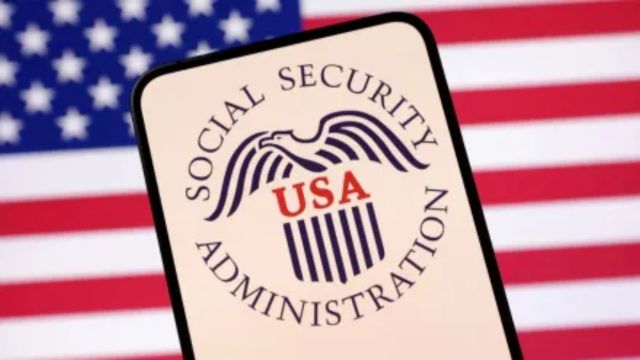Time is running out for over 500,000 Supplemental Security Income (SSI) and other Social Security recipients. The Social Security Administration (SSA) warns that payments may cease abruptly in October 2025 if recipients do not switch from paper checks to electronic systems by September 30th.
This significant shift, imposed by a presidential order, intends to modernize the system and save taxpayers $657 million per year. However, it presents considerable challenges for elderly or rural clients who lack banking access.
Why the rapid change? The SSA explains everything
First, keep in mind that July’s SSI payments will be delivered as normal on Tuesday, July 1st, because it is a business day. This contrasts with June, when payments were moved to May 30th to prevent a weekend disbursement. All monies will be accessible through direct deposit or the Direct Express card, which will eventually become mandatory.
The SSA’s paper check phaseout aims to reduce inefficiencies and high processing costs. While the majority of recipients now use electronic payments, approximately 494,000 people from various SSA programs, mainly elderly in outlying locations, rely on postal checks.
These people must now create bank accounts or participate in the fee-free Direct Express® service. Only a few cases exist, but details are scant. Failure to comply may result in delayed or discontinued payments, risking needs such as rent and medication. Act now, before it’s too late, to avoid having your SSI payments suspended.
“Don’t wait until September,” advises an SSA spokesperson we spoke with. “Delays in processing could interrupt October payments.” The beneficiaries should:
Contact their local SSA office immediately at 1-800-772-1213 or ssa.gov.
Choose electronic delivery. Choose direct deposit or request a Direct Express® card.
Seek help: Community centers and non-profit organizations such as Meals on Wheels provide free transitional aid.
What is at stake: your SSI benefits
SSI provides essential support to vulnerable Americans:
Eligibility includes being 65 or older, blind, crippled, or having extremely limited income/resources ($2,000 in assets for individuals; $3,000 for couples).
- Individuals can pay up to $967 per month and couples up to $1,450. Some people qualify for an additional $484 per month if they live with and care for a beneficiary.
- These values reflect a 2.5% cost-of-living adjustment (COLA) effective January 2025. Early predictions suggest a similar growth in 2026.
If your wages surpass certain limits, the Social Security Administration will deduct your benefits. For every $2 earned above $85 per month, $1 is deducted from SSI payments. Non-work income (such as pensions) also lowers compensation. The term “countable resources” excludes primary homes and one vehicle but includes savings, equities, and secondary assets. Residency requirements are as stringent: beneficiaries must live in the United States and prevent trips abroad longer than 30 days.











